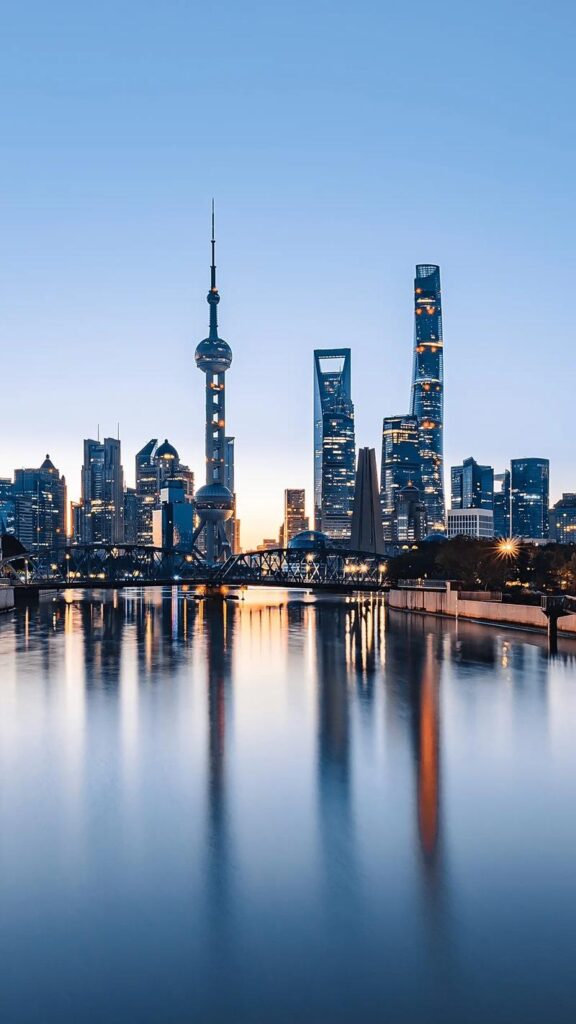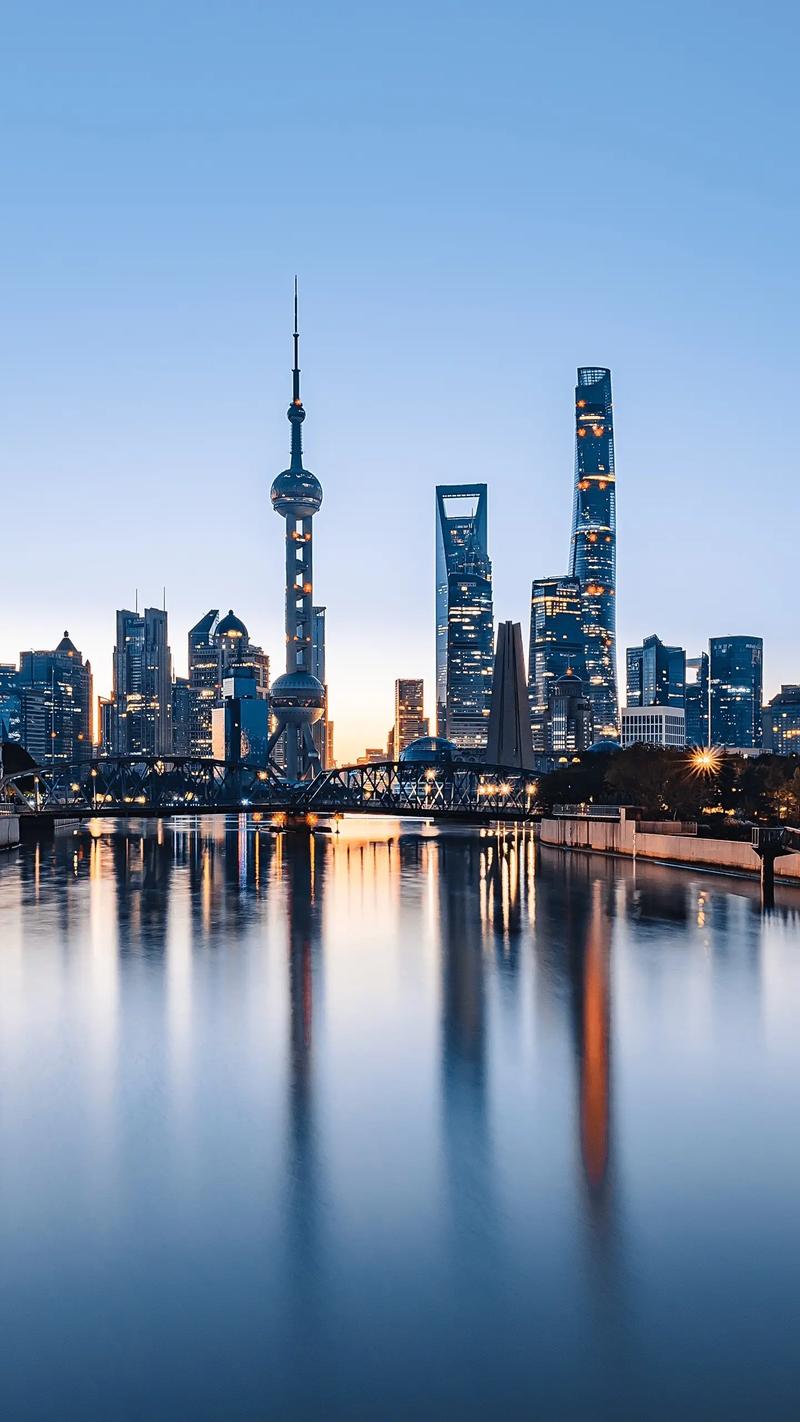Introduction
Shanghai, China’s largest and most cosmopolitan city, is a dazzling blend of futuristic skyscrapers, historic neighborhoods, and vibrant culture. From the iconic Bund to hidden alleyways, Shanghai offers something for every traveler. This guide will help you explore the best of this dynamic city.

Top Attractions
1. The Bund (外滩, Wàitān)
- Why Visit? A waterfront promenade with stunning views of Shanghai’s skyline, featuring colonial-era buildings on one side and futuristic skyscrapers (like the Oriental Pearl Tower) on the other.
- Tips:
- Visit at night for dazzling light displays.
- Take a Huangpu River cruise for a different perspective.
2. Yu Garden (豫园, Yù Yuán) & Old City
- Why Visit? A 16th-century classical Chinese garden with pavilions, ponds, and rockeries, surrounded by the bustling Yuyuan Bazaar.
- Tips:
- Try xiaolongbao (soup dumplings) at Nanxiang Steamed Bun Restaurant.
- Bargain for souvenirs in the nearby markets.
3. Shanghai Tower & Lujiazui Skyline (陆家嘴, Lùjiāzuǐ)
- Why Visit? Home to Shanghai Tower (China’s tallest building), Jin Mao Tower, and the Oriental Pearl Tower, offering breathtaking city views.
- Tips:
- Buy a combo ticket for multiple observation decks.
- Visit Cloud 9 bar (in Jin Mao Tower) for cocktails with a view.
4. French Concession (法租界, Fǎzūjiè)
- Why Visit? A charming area with tree-lined streets, boutique shops, and historic villas.
- Highlights:
- Tianzifang – Artsy alleyways with cafés and galleries.
- Xintiandi – Upscale dining and nightlife in restored shikumen houses.
5. Jing’an Temple (静安寺, Jìng’ān Sì) & Nanjing Road (南京路, Nánjīng Lù)
- Why Visit? A stunning golden Buddhist temple surrounded by skyscrapers, near Nanjing Road, one of the world’s busiest shopping streets.
- Tips:
- Walk from Jing’an Temple to People’s Square via Nanjing Road.
- Visit Shanghai Museum (free entry) for ancient Chinese art.
Best Time to Visit
- Spring (March–May) & Autumn (September–November): Mild weather, perfect for exploring.
- Avoid June–August: Hot, humid, and rainy.
- Winter (December–February): Cold but fewer tourists; great for indoor attractions.
Transportation
- By Air: Shanghai Pudong (PVG) (international flights) & Hongqiao (SHA) (domestic/regional).
- By Train: High-speed trains connect to Beijing (4.5 hrs), Hangzhou (1 hr), and Suzhou (30 min).
- Getting Around:
- Metro: Cheap, efficient, and English-friendly (16+ lines).
- Taxi/Didi: Affordable but traffic can be bad.
- Bike-Sharing: Mobike & Hello Bike are popular for short trips.
Food to Try
- Xiaolongbao (小笼包): Soup dumplings (try Din Tai Fung or Jia Jia Tang Bao).
- Shengjianbao (生煎包): Pan-fried pork buns with crispy bottoms.
- Shanghai Noodles (葱油拌面, Cōngyóu Bànmiàn): Spring onion oil noodles.
- Braised Pork (红烧肉, Hóngshāo Ròu): Sweet and savory soy-braised pork.
Where to Stay
- Budget: Hostels in People’s Square or French Concession.
- Mid-Range: Hotels near The Bund or Jing’an Temple.
- Luxury: The Peninsula Shanghai, Waldorf Astoria, or Park Hyatt Shanghai (in Shanghai Tower).
Extra Tips
- Language: English is limited outside tourist areas; learn basic Mandarin phrases.
- Mobile Payments: Alipay/WeChat Pay are essential; carry some cash for small vendors.
- Visa: Check if you need a 144-hour visa-free transit (available for many nationalities).
Day Trips from Shanghai
- Suzhou: Famous for classical gardens & canals (30 min by train).
- Hangzhou: Scenic West Lake & tea plantations (1 hr by train).
- Zhujiajiao Water Town: A charming “Venice of Shanghai” (1 hr by bus).
Conclusion
Shanghai is a city of contrasts—where ancient temples stand beside neon-lit skyscrapers, and quiet tea houses coexist with buzzing nightlife. Whether you’re into history, food, shopping, or futuristic sights, Shanghai will captivate you.
Happy travels! ✨
Would you like recommendations for nightlife or hidden gems? Let me know!


